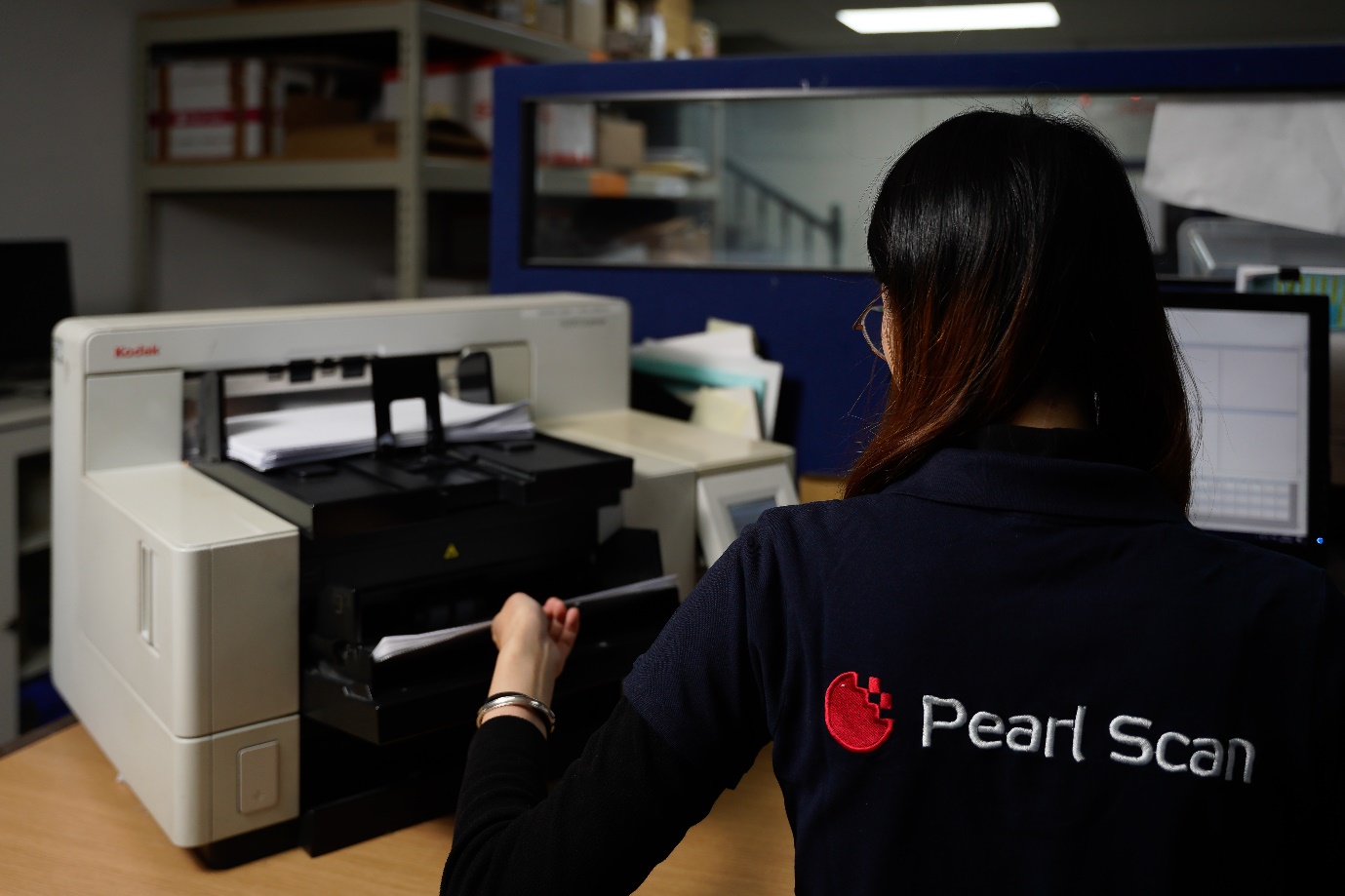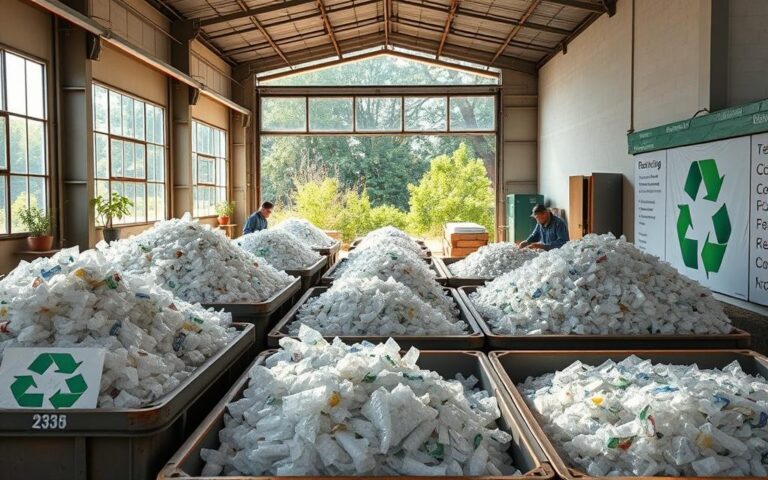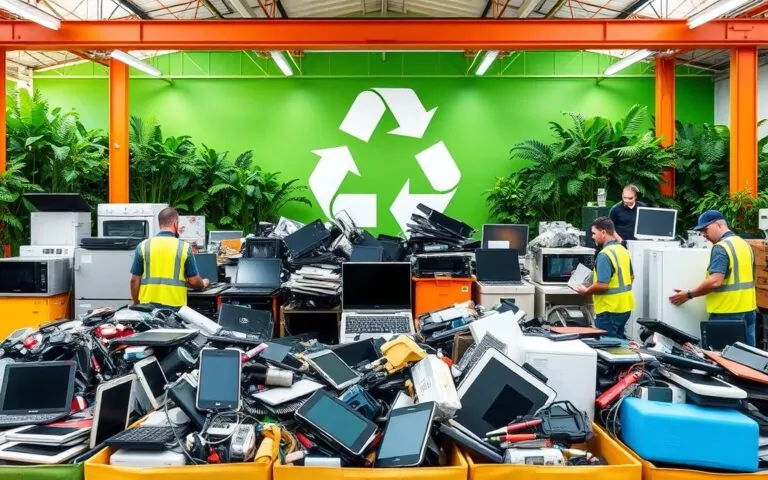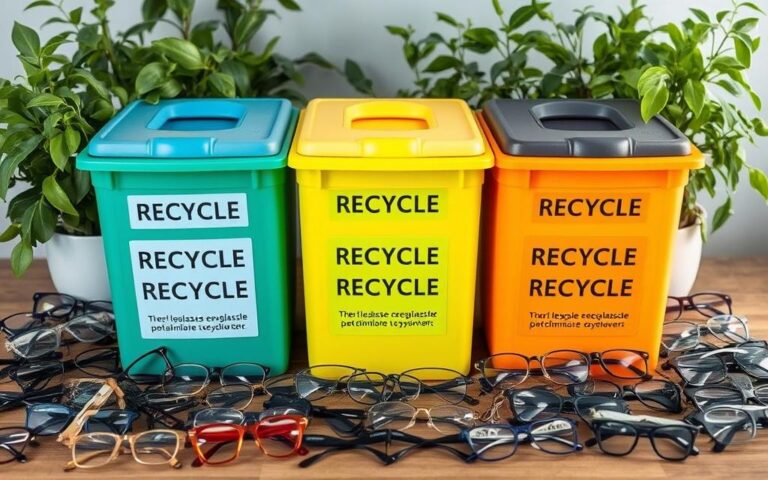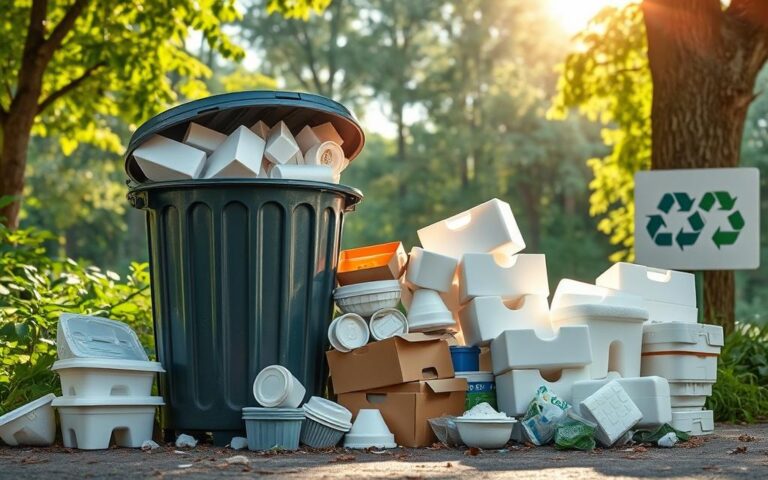From Paper to Digital to Recycled – Closing the Loop in Document Disposal
Managing documents responsibly isn’t just about staying organised, it’s about thinking holistically. From the moment a paper document is created, its lifecycle is influenced by regulations, environmental considerations, and the ever-growing need for digital efficiency. What happens when a document has outlived its usefulness? That’s where a well-planned document management strategy proves its worth, especially one that closes the loop – from paper to digital to recycled.
Step One: Scanning and Digitisation
The first stage in the loop is often document scanning and archiving, the bridge between paper dependency and digital agility. From legacy HR files tucked away in filing cabinets to the relentless stream of delivery notes generated daily, scanning transforms static paperwork into dynamic, usable digital assets.
Professional document scanning services go far beyond simply capturing images. They offer a systematic and secure approach to converting physical records into searchable formats. This includes high-resolution imaging, optical character recognition (OCR), and metadata indexing, tagging documents with relevant metadata like dates, departments, or client names. The result? Information that’s not just stored but ready to work for you.
Digitisation through expert document scanning services lays the foundation for robust document archiving. By replacing overflowing file rooms with centralised digital repositories, organisations gain more than just space. They unlock faster retrieval times, enhanced document retention control, and better alignment with compliance standards such as GDPR, ISO 27001 and BS15713.
These services also support the modern need for flexibility. With hybrid and remote working now firmly embedded in everyday business life, digital documents ensure teams can access critical files securely, wherever they are. And when integrated with cloud-based platforms, scanned documents become part of a connected digital ecosystem, one that fosters collaboration, efficiency, and long-term scalability.
In short, scanning and digital document conversion aren’t just a preliminary task. With the support of professional document scanning services avaliable, they become the linchpin of a modern, responsive document management strategy.
Step Two: Secure Storage and Retention
For documents that must remain in paper form temporarily, off-site document storage can provide a cost-effective and secure solution.
Offsite Storage providers ensure that documents are held in facilities with controlled access, fire suppression, and environmental protections. These safeguards are essential when sensitive or legally binding information is involved.
A robust document retention policy should consider not only legal timeframes but also the information’s value to the organisation. Some data might be needed for historical analysis or trend mapping, while others lose relevance rapidly.
Step Three: Responsible Disposal
Eventually, every document reaches the end of its lifecycle. Here lies a critical opportunity to close the loop. Document shredding, particularly secure shredding aligned with BS15713 and GDPR compliance ensures that confidential information doesn’t fall into the wrong hands.
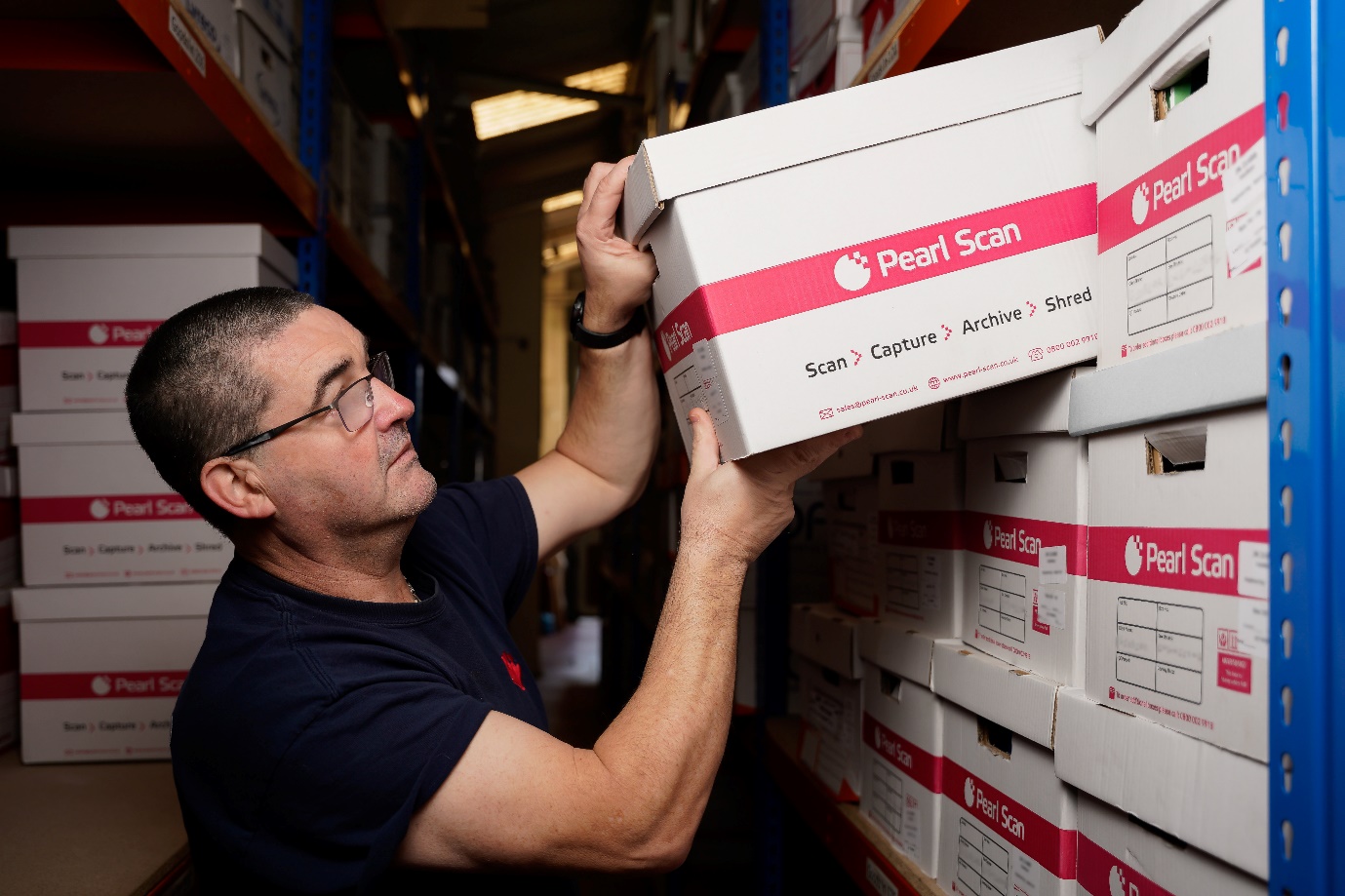
But it’s not just about security. The environmental impact of disposal is equally important. Partnering with a shredding service that recycles shredded paper helps offset the carbon footprint of document management. In many cases, the shredded paper is processed into new recycle-paper products, giving materials a second life.
This final stage, paper recycling, turns waste into a resource. It’s a quiet but powerful act of sustainability, especially when considered across thousands of documents.
Creating a Seamless Workflow
When organisations treat scanning, archiving, retention, and disposal as disconnected tasks, inefficiencies and risks multiply. But when these elements are connected through a unified document management strategy, they create a seamless lifecycle. It becomes easier to track what documents exist, where they are stored, when they should be destroyed, and how they should be recycled.
Such integration also ensures compliance at every stage. With GDPR placing strong emphasis on data lifecycle management, being able to demonstrate a clear chain of custody, from creation to destruction isn’t optional. It’s a necessity.
The Bigger Picture: Eco-Friendly Records Management
Beyond legal and operational concerns lies a larger responsibility – environmental stewardship. The shift from paper-heavy processes to digital-first strategies significantly reduces an organisation’s ecological footprint. Less paper use means fewer trees felled, reduced transport emissions, and lower energy usage.
Even so, some paper use is inevitable. That’s why combining digital transformation with eco-friendly disposal is so important. Businesses that embrace paper recycling and invest in secure shredding services aren’t just protecting data, they’re contributing to a circular economy.
It’s also a message worth sharing with stakeholders. Demonstrating a commitment to sustainable document management can bolster a company’s CSR profile and align with ESG goals.
Final Thoughts
Closing the loop in document disposal isn’t just a best practice, it’s a mindset shift. By viewing documents through the lens of their entire lifecycle, organisations can unlock efficiencies, enhance security, and champion environmental responsibility.
From scanning and digitisation, through archiving and storage, to shredding and recycling, each stage plays a vital role. It’s about ensuring every element is accounted for data preserved, paper repurposed, and no opportunity overlooked

